Rescue workers and desperate relatives are digging through debris in a search for survivors after a powerful earthquake near the Iran-Iraq border killed more than 400 people in both countries.
Iran’s Kermanshah Province bore the brunt of the quake, with the Interior Ministry reporting 407 dead and nearly 6,700 people injured.
In Iraq, officials said at least seven people were killed and more than 540 others injured on the Iraqi side as a result of the quake.
Interior Ministry spokesman Brigadier General Saad Maan said that all the casualties were in the northern Kurdish region.
The U.S. Geological Survey said the 7.3-magnitude quake was centered 32 kilometers southwest of the city of Halabja in northeastern Iraq at a depth of 33.9 kilometers.
Tehran University’s seismological center said the quake struck at 9:48 p.m. local time on November 12, with residents reporting feeling the quake throughout the region, from Turkey to Kuwait.
“The house shook vigorously and everything was falling from shelves. People were shocked. Many took into their cars and drove away,” said Suma Saffari, a journalist in Sanandaj in Iran’s Kurdistan Province.
“There are many people in the streets. Many windows are shattered, homes are damaged,” Saffari said.
She said health officials were asking citizens to donate blood for the injured and that local residents are in urgent need of blankets, food, water, and infant formula.
Jalil, a resident of the Iranian city of Kermanshah, told RFE/RL that electricity and phones connections were cut for several hours after the quake struck.
Iran’s official IRNA news agency quoted officials as warning that the casualty toll was expected to rise after emergency workers began work early on November 13.
The town of Sarpol-e Zahab, about 15 kilometers from the Iraq border, was one of the hardest hit, with dozens of people killed, the reports said.
Survivors “are now looking for their belongings, for their loved ones under the rubble,” an eyewitness says in the narration of a video he said he shot in Sarpol-e Zahab.
The man, who did not identify himself, said that soldiers without equipment were struggling to aid rescue efforts.
The soldiers “are completely empty-handed,” he said. “They don’t even have masks and gloves, so it’s useless.”
Officials said the Iranian border town of Ghasre Shirin was heavily damaged, with rescue workers reporting that their efforts were being made difficult because of power outages.
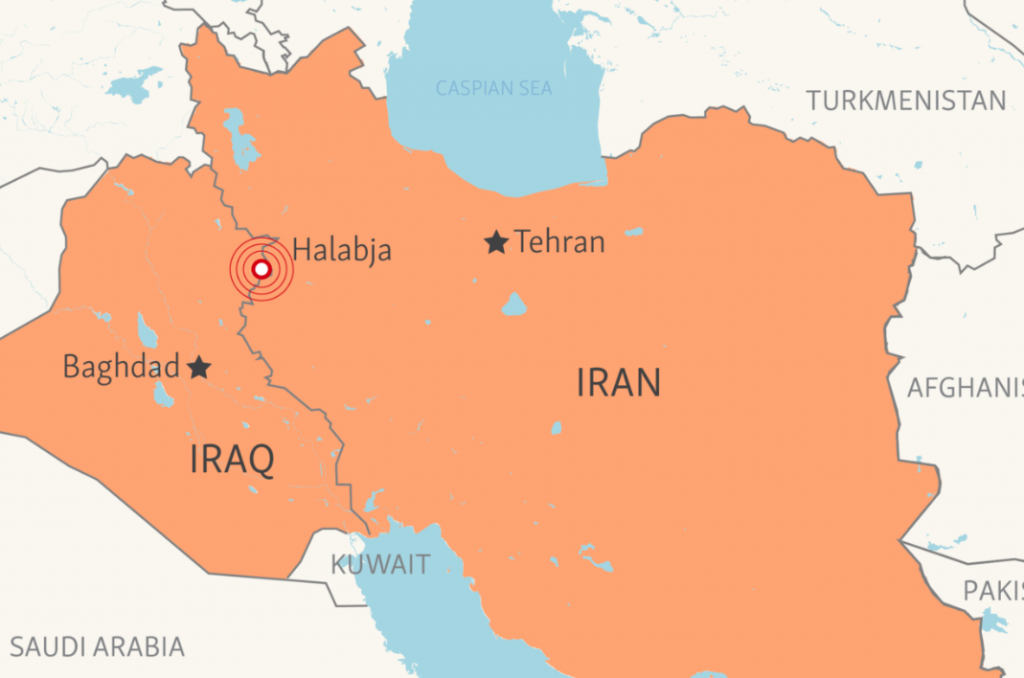
Mojtaba Nikkerdar, the provincial deputy governor, told state television there were deaths in at least 30 separate villages, but he said it would take hours before exact casualty numbers could be determined.
“There are still people under the rubble. We hope the number of dead and injured won’t rise too much, but it will rise,” Nikkerdar said.
IRNA said water and electricity had been cut in some parts of Kermanshah Province.
The semiofficial Iranian ILNA news agency reported that at least 14 provinces had been affected by the earthquake.
WATCH: Amateur video taken by a witness on the ground appeared to show that many of the buildings in the town of Sarpol-e Zahab had collapsed. The destruction of some infrastructure also meant that drinking water had been tainted.
“The quake was felt in several Iranian provinces bordering Iraq…. Eight villages were damaged…. Electricity has been cut in some villages and rescue teams have been dispatched to those areas,” state TV reported.
Iran’s Supreme Leader Ayatollah Ali Khamenei called on government agencies and rescuers to do all they could to help those affected, according to state media.
News agencies reported that Iranian President Hassan Rohani had called on the Interior Ministry to make a maximum effort to aid victims.
Rohani is due to visit the areas damaged by the earthquake on November 14.
Iraqi Prime Minister Haidar al-Abadi issued a directive for the country’s civil defense teams and “related institutions” to respond to the natural disaster, according to his office.
Iraqi news agencies showed photos of crumbled buildings in around the city of Sulaimaniya in the Kurdistan region, saying at least 50 people had been injured in the town of Darbandikhan.
Damage was also reported at a dam holding back the Diyala River near Darbandikhan.
“There are horizontal and vertical cracks on the road and in the body of the dam and parts of the dam sank lower,” Rahman Hani, the director of the dam, told AP news agency
AFP reported that local authorities called on the population in the southern area of the town to leave their homes, fearing that the dam would burst.
Rasool Mahmoud, Radio Farda’s correspondent in Irbil, the capital of Iraq’s Kurdistan region, said he was home with his family when tremors shook the city.
“The ground shook for some 10 seconds. The hanging lamps began to sway. I told my family that it’s the first tremor and that we need to take cover. The quake lasted for 10 seconds, and when it stopped, we all ran outside,” he said.
“Most of the injured in Irbil sustained injuries while they were running outside, they fell while running from homes, some fell from staircases, some from roofs,” he added.
The quake was felt in the Iranian capital, Tehran, and in the Iraqi capital, Baghdad.
Residents of southwest Turkey, Israel, and Kuwait also said they had felt the temblor.
Iran is on many major fault lines and is often hit by damaging earthquakes. In 2003, a 6.6-magnitude quake destroyed the historic city of Bam, killing 26,000 people.
Photos
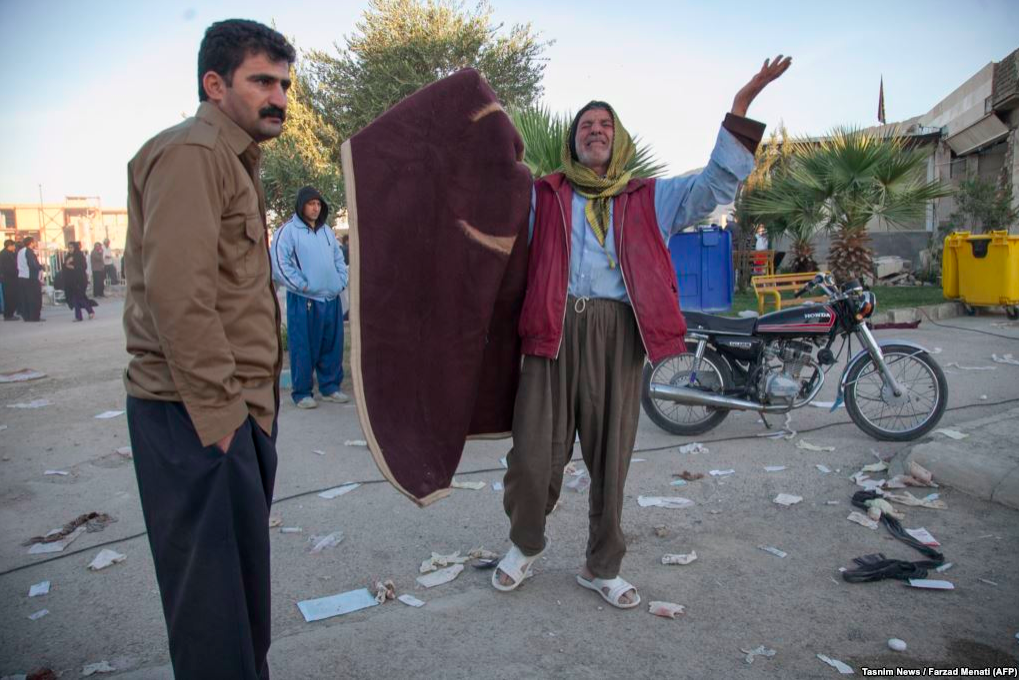
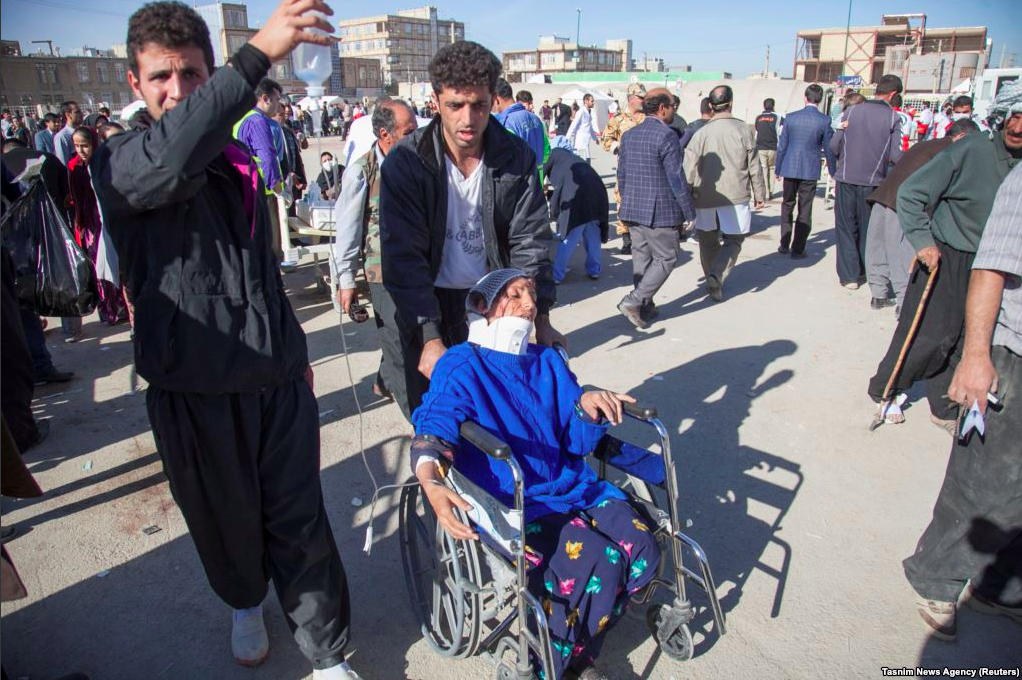
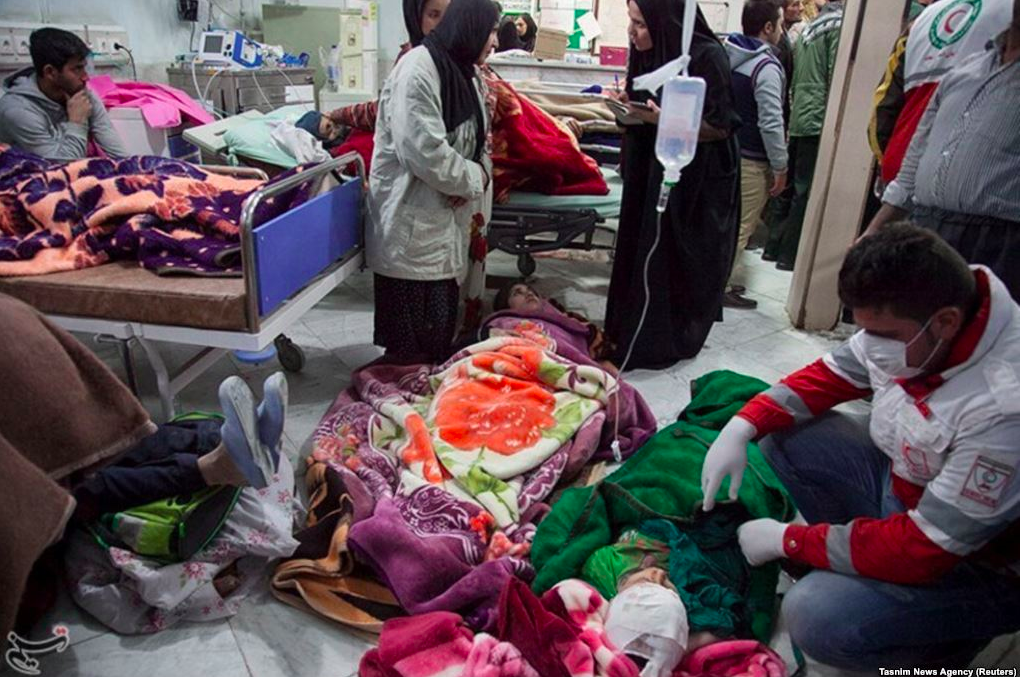
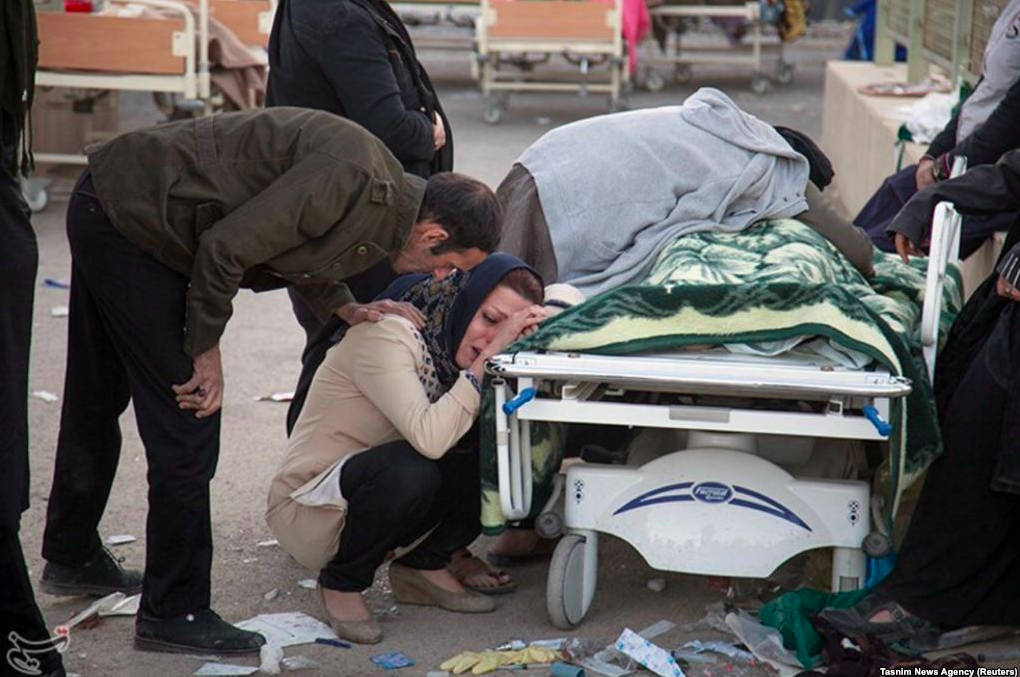

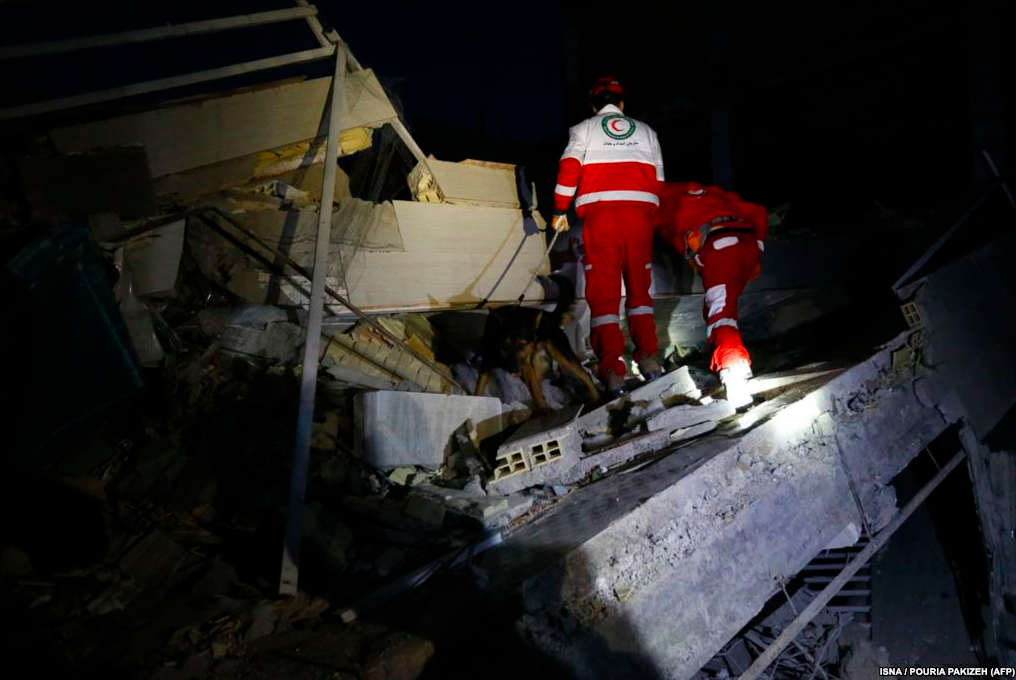
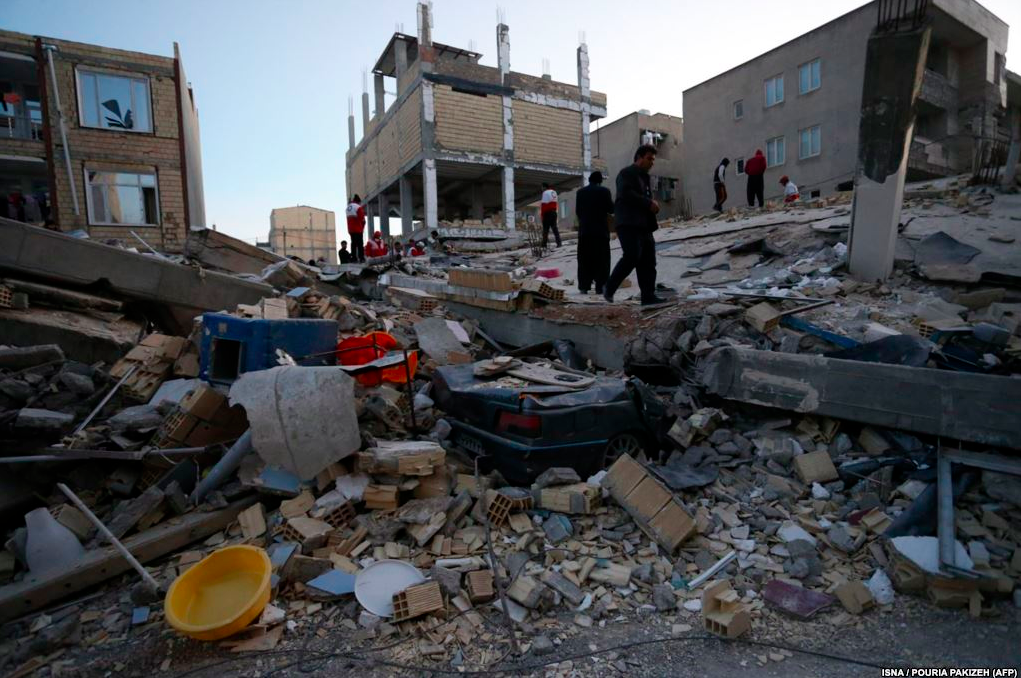
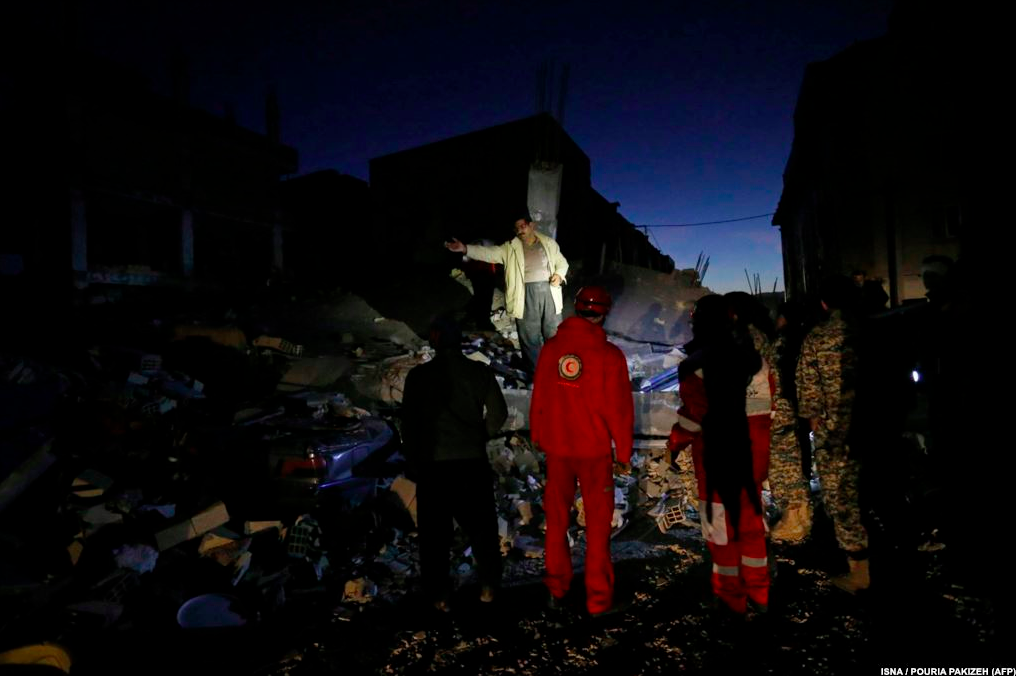
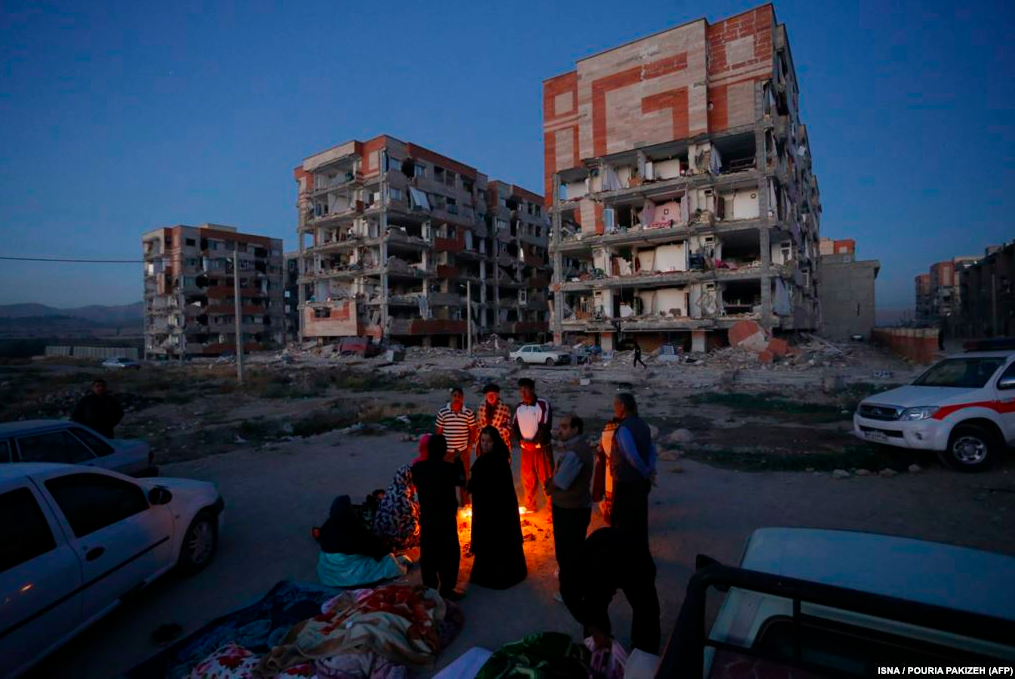


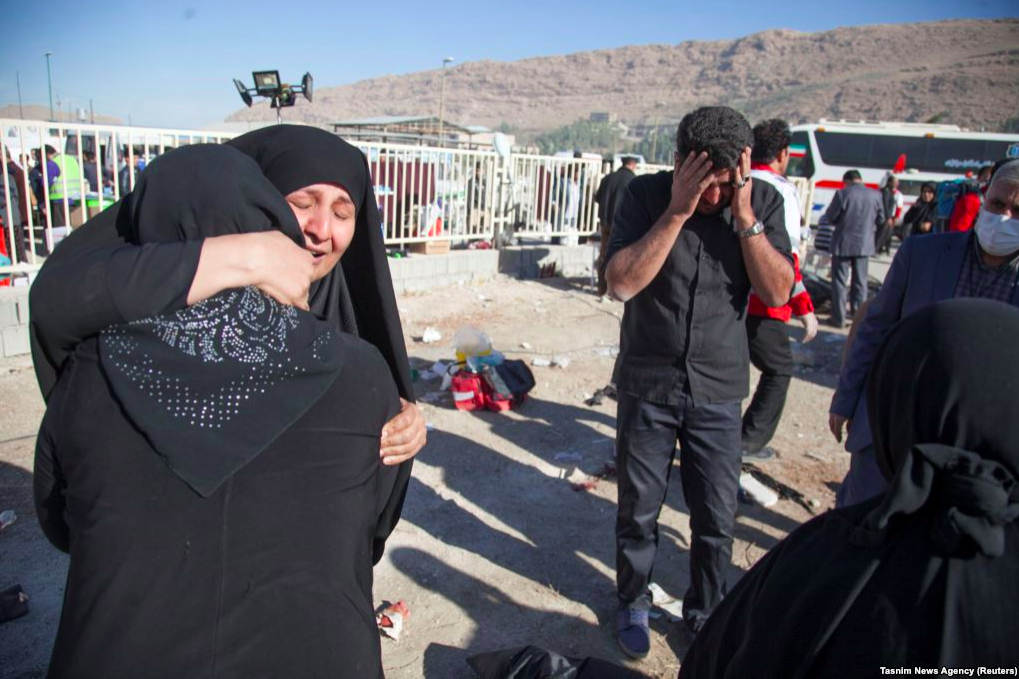
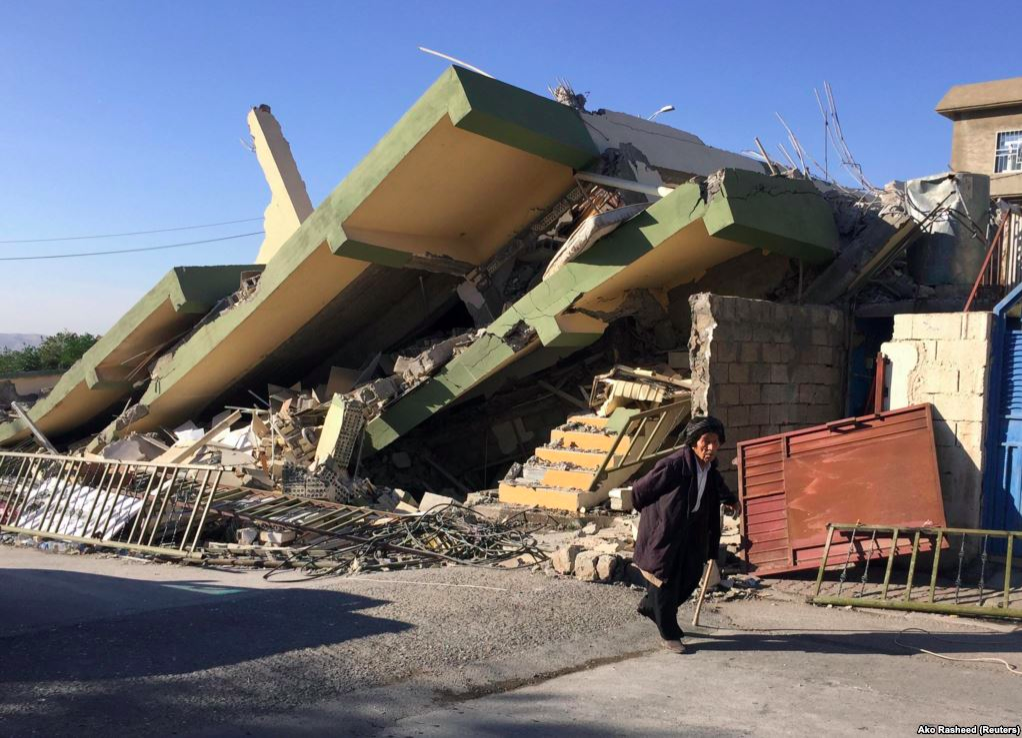
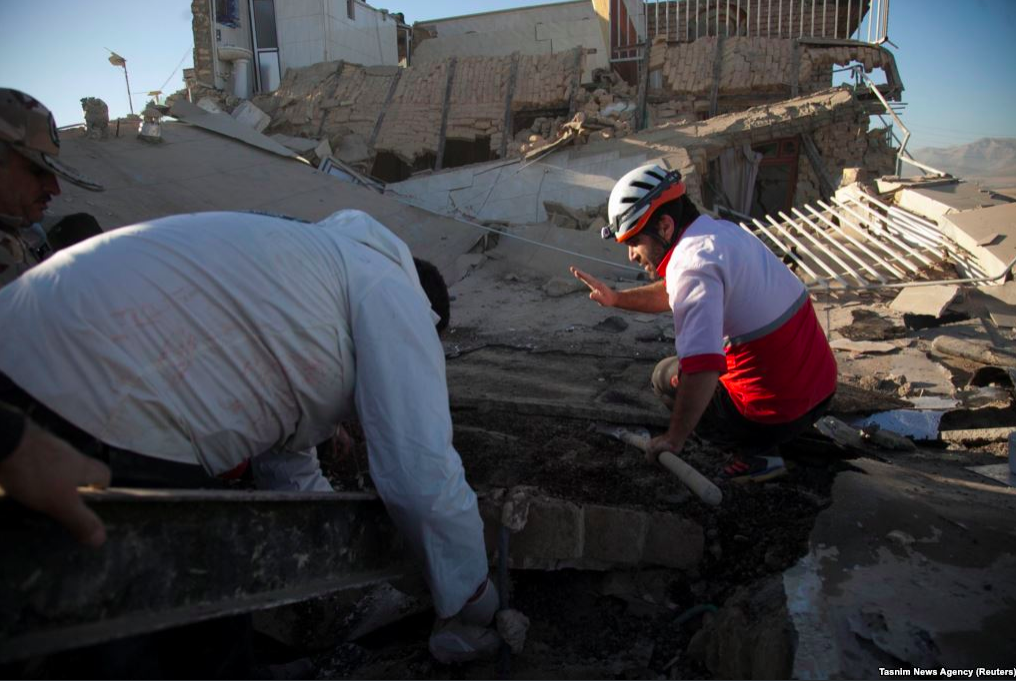
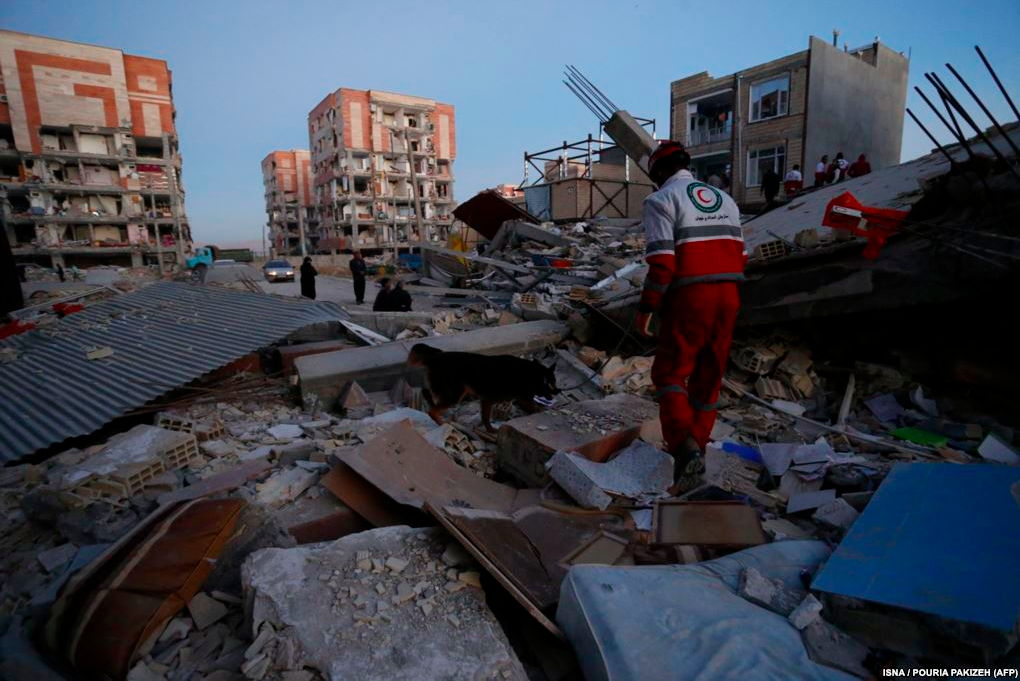
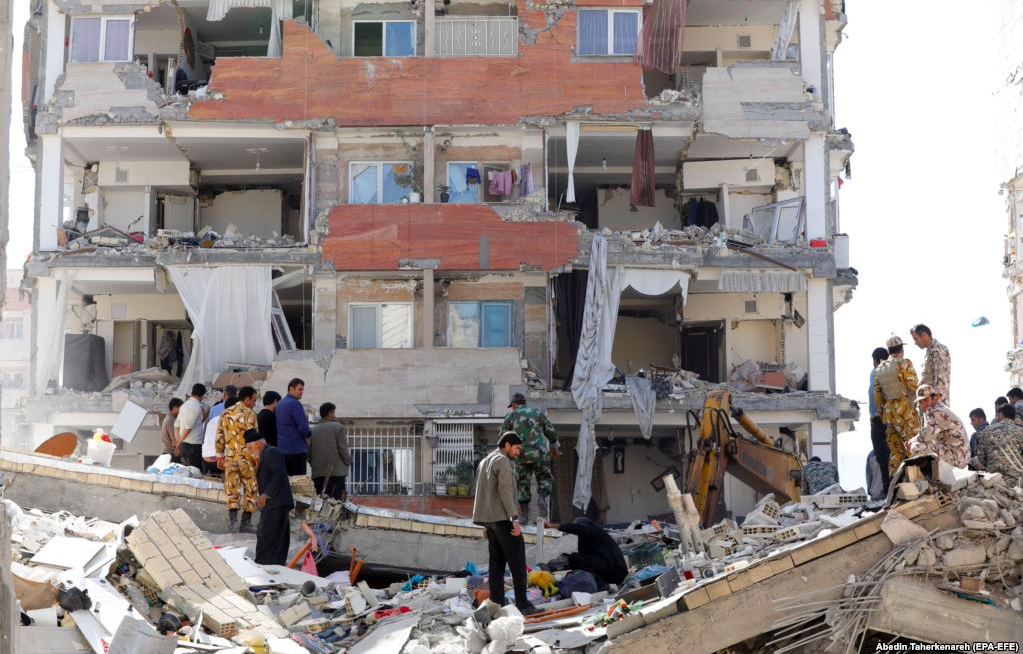

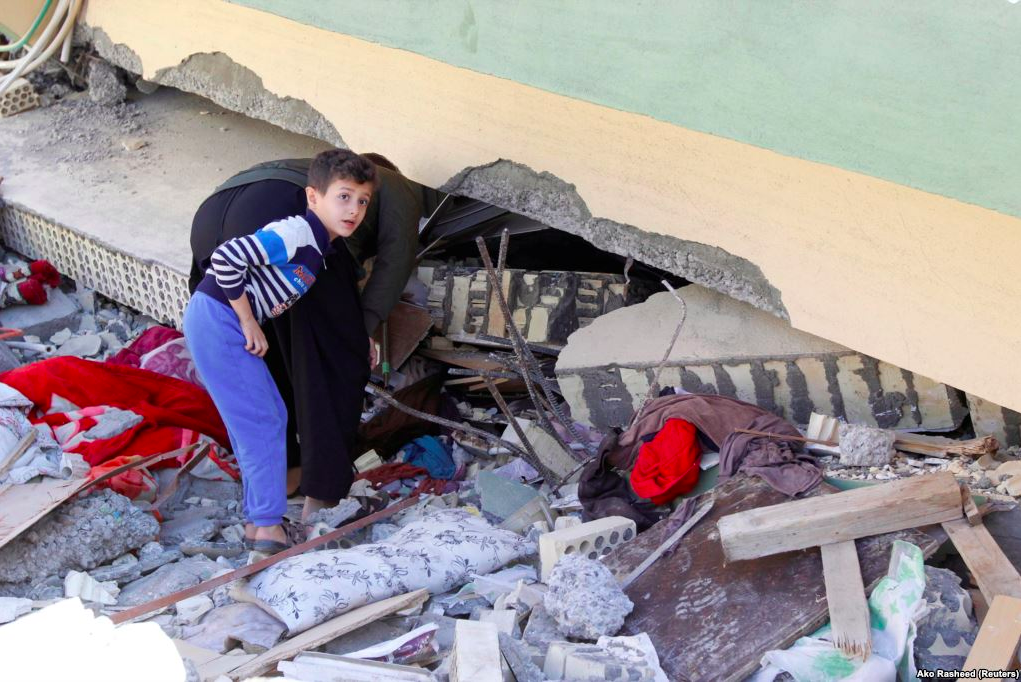
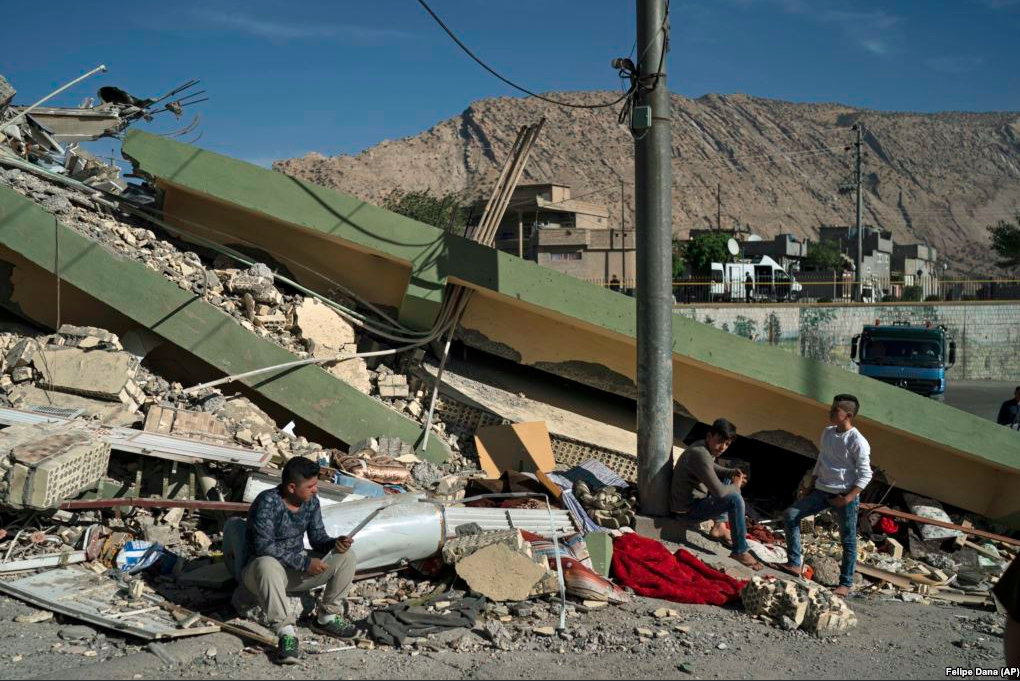

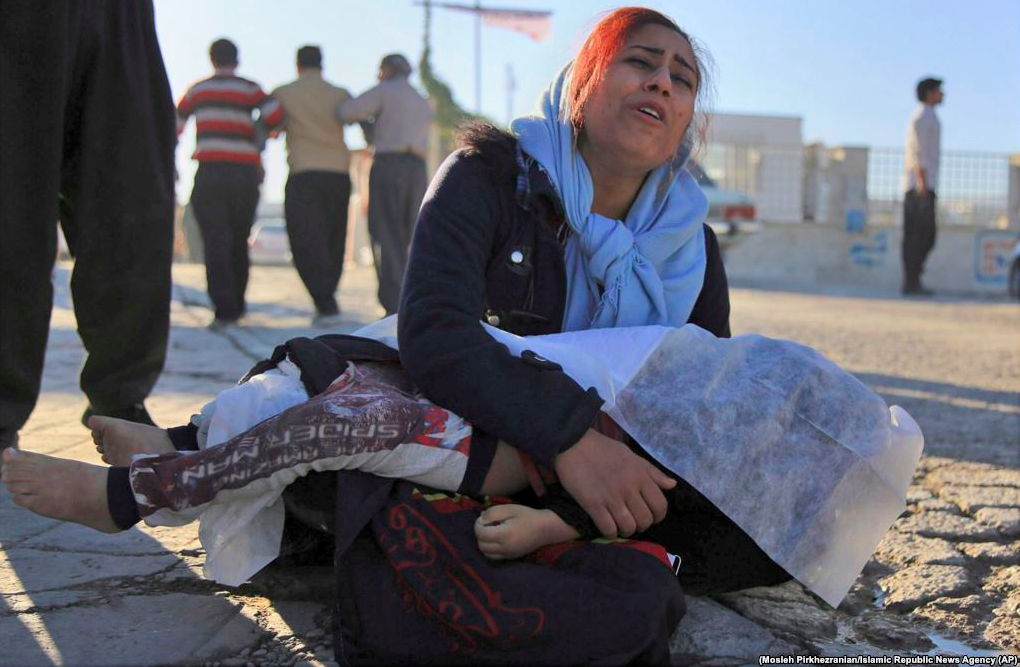



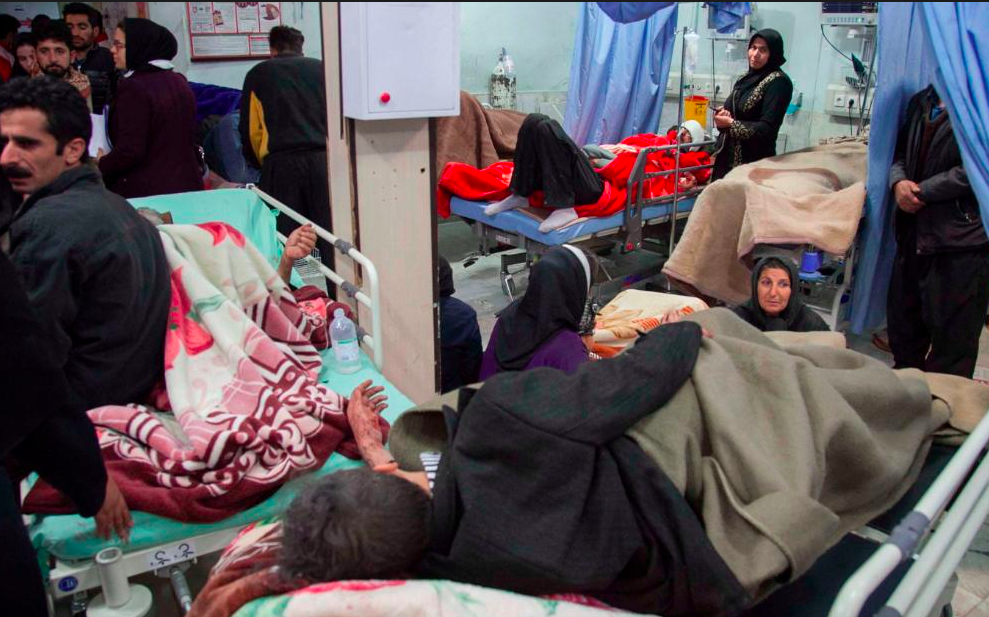
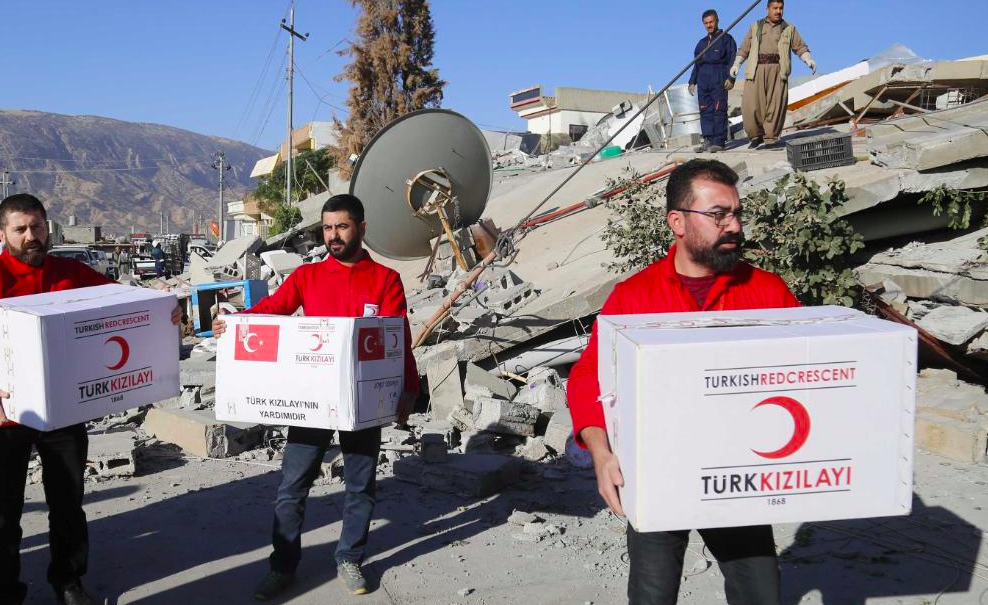


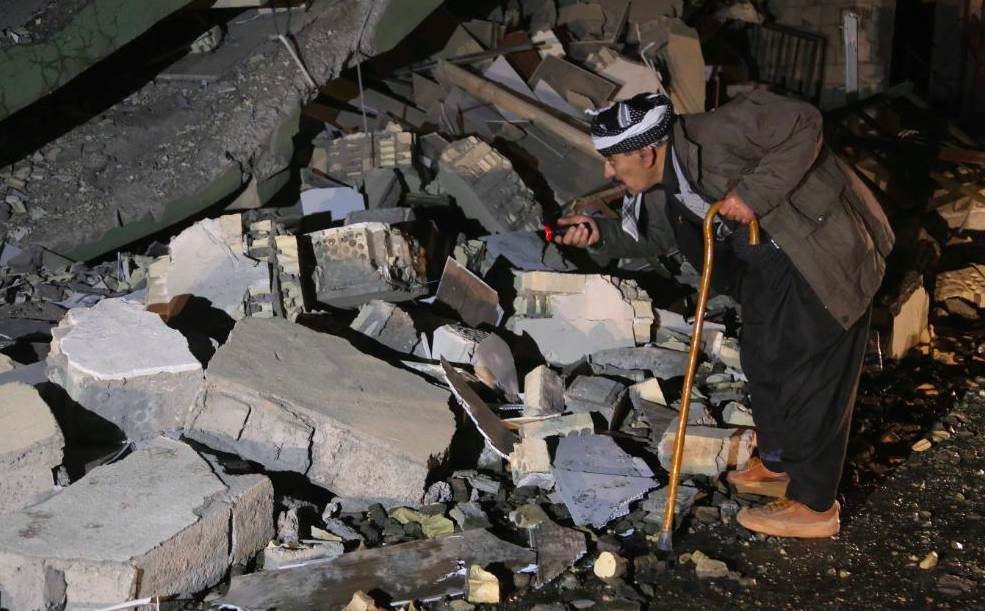
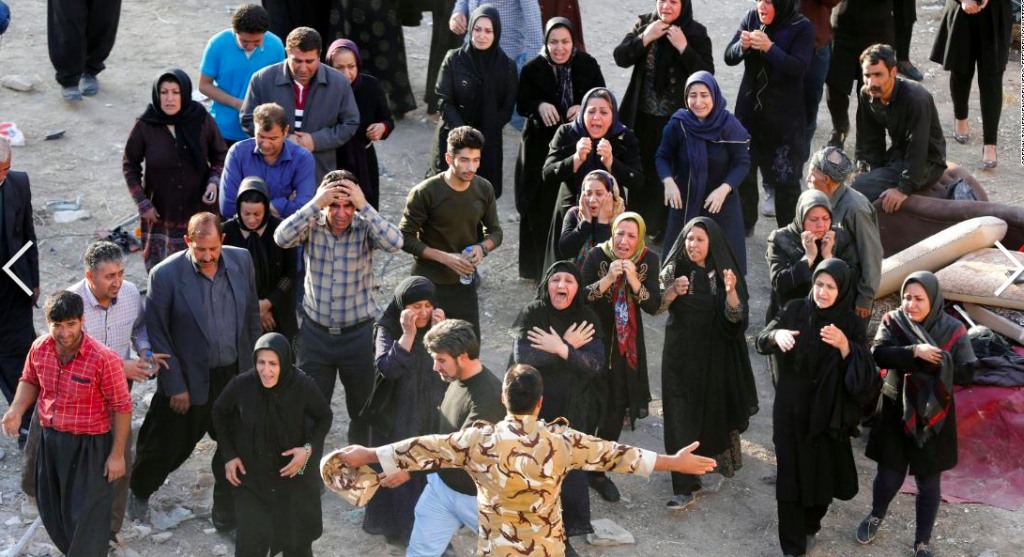
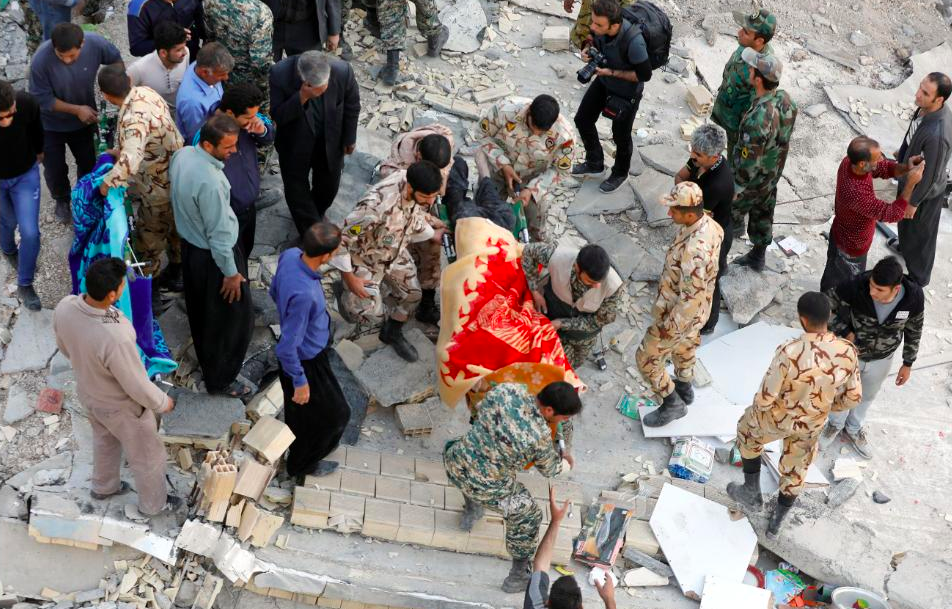
Via RFE/RL with reporting by AFP, Reuters, AP, CNN, dpa, IRNA, Iraqi News, The New York Times, and ILNA






